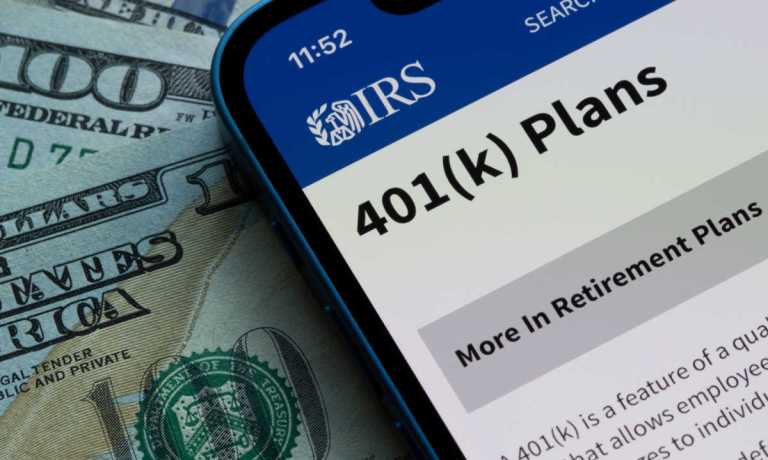
With budgets growing tighter, more Americans are reportedly turning to 401(k)s in emergencies.
Nearly 3% of the 5 million people who have 401(k) plans offered by Vanguard Group dipped into those accounts last year to pay for medical bills or stave off foreclosures or evictions, The Wall Street Journal (WSJ) reported Thursday (Feb. 2).
That’s a record amount, the report said, up from 2.1% in 2021 and an average of about 2% prior to the pandemic. The WSJ notes that workers were able to make hardship withdrawals thanks to a series of moves by the government to ease what was once a more difficult and costly process.
“There’s an understanding that for a lot of people, this is the only pot of money they have,” Rob Austin, director of research at 401(k) provider Alight Solutions LLC, told the WSJ.
He said about half of 401(k) participants taking hardship withdrawals do so to avoid eviction or foreclosure, while another 15% used the plans to pay medical bills.
The withdrawals are “evidence that some families may be feeling the pinch and drawing on their 401(k) balances to relieve that financial stress,” Fiona Greig, Vanguard’s global head of investor research and policy, told the WSJ.
The past few months have shown a number of examples of that pinch. In November, the Federal Reserve Bank of New York released data showing U.S. household debt continuing to climb, while credit card balances rose 15% year over year, the largest such spike in 20 years.
Meanwhile, recent research by PYMNTS finds a majority of U.S. consumers living paycheck to paycheck, including a growing number of higher-income Americans.
In December of last year, 51% of consumers earning more than $100,000 per year said they lived paycheck to paycheck. As many as 16% of these high-income paycheck-to-paycheck consumers struggled to pay their monthly bills.
As such, many consumers living paycheck-to-paycheck are having a hard time setting financial goals, much less achieving them.
According to “New Reality Check: The Paycheck-to-Paycheck Report: Financial Goals Edition,” households living between checks have climbed 3 percentage points since October, putting their future finances in doubt.
“In this report, we spent a little bit of time focusing on consumers’ perceptions of financial goals as they’re getting to the end of the year. The shocking statistic is a third of consumers are not saving any money at all, for either short- or long-term goals,” LendingClub Financial Health Officer Anuj Nayar said in an interview with PYMNTS.